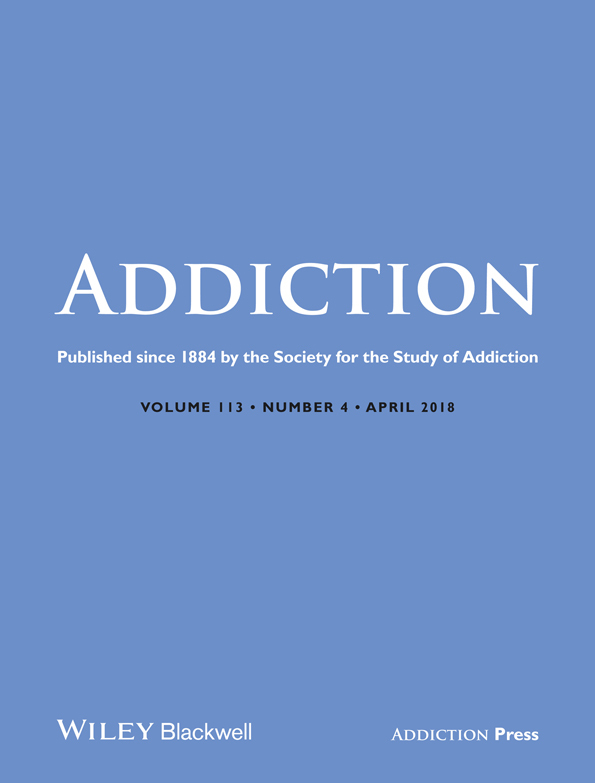Alcohol-related harm in emergency departments: a prospective, multi-centre study
Abstract
Background and aims
Emergency department (ED) alcohol-related presentation data are not routinely collected in Australia and New Zealand. It is likely that previous research has underestimated the numbers of patients presenting with alcohol-related conditions. This study aimed to quantify the level of alcohol harm presenting to EDs in Australia and New Zealand [Correction added on 23 Jan 2018, after first online publication: The ‘aims’ section was missing and is updated in this version].
Design
Multi-centre, prospective study. Patients were screened prospectively for alcohol-related presentations during a 7-day period in December 2014. Part 1 involved screening to determine alcohol-positive ED presentations and data collection of patient demographic and clinical information. Part 2 involved a consent-based survey conducted with patients aged ≥ 14 years to perform Alcohol Use Disorders Identification Test (AUDIT) scores.
Setting
Eight EDs in Australia and New Zealand, representing differing hospital role delineations.
Participants
A total of 8652 patients aged ≥ 14 years attended and 8435 (97.5%) were screened.
Measurements
The main outcome measure was the proportion of patients who had an alcohol-related presentation termed ‘alcohol-positive’, using pre-defined criteria. It included injuries, intoxication, medical conditions and injuries caused by an alcohol-affected third party. Secondary outcomes included demographic and clinical information, the type of alcohol-related presentations and AUDIT scores.
Findings
A total of 801 [9.5%; 95% confidence interval (CI) = 8.9–10.1%] presentations were identified as alcohol-positive, ranging between 4.9 and 15.2% throughout sites. Compared with alcohol-negative patients, alcohol-positive patients were more likely to be male [odds ratio (OR) = 1.90, 95% CI = 1.63–2.21], younger (median age 37 versus 46 years, P < 0.0001), arrive by ambulance (OR = 1.94, 95% CI = 1.68–2.25) or police/correctional vehicle (OR = 4.56, 95% CI = 3.05–6.81) and require immediate treatment (OR = 3.20, 95% CI = 2.03–05.06). The median AUDIT score was 16 (interquartile range = 10–24).
Conclusions
Almost one in 10 presentations to emergency departments in Australia and New Zealand are alcohol related.




